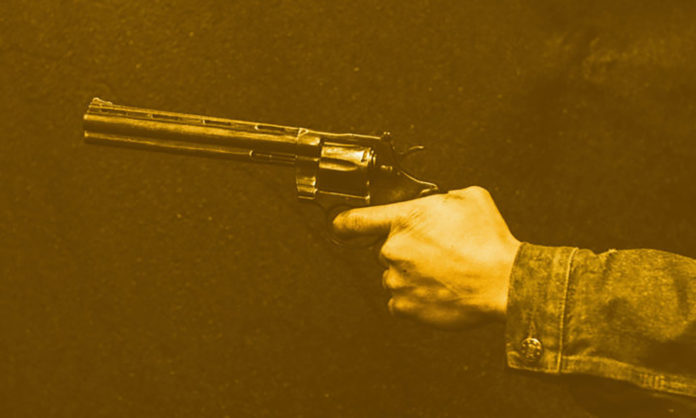
“One must never place a loaded rifle on the stage if it isn’t going to go off. It’s wrong to make promises you don’t mean to keep.” – Anton Chekhov
In other words, don’t introduce concepts or characters in your novel unless they pay off before the end. In a post on Writer’s in the Storm, Eldred Bird says this advice has multiple uses; it can be used as a tool for plotting and for editing.
“Chekhov’s gun is a great lens to view our work through when it comes time to edit the first draft,” Bird says. “We can use this handy tool to help determine what to keep and what to cut.” For example, in scene descriptions, you should ask if your details move the story forward, add useful information, or will come into play later. You need enough to bring your readers into the scene, but not so much that the details overwhelm the senses. This advice also applies to character description.
Backstory is another good place to look for unfired guns. “My first drafts are always packed with far more information about the character’s past than will ever come into play in the story,” Bird says. If this is a problem for you, ask if the backstory is there for you (as research) or for the reader (as necessary information). Do the details influence a future plot point or figure into the character’s decision making? Can the reader get this information from context rather than narrative?
And of course, Chekhov’s Gun is meant for plotting. “It all comes down to the idea of planting an object or detail that will play an important part later in the story,” Bird says. “Chekhov’s Gun would be the squeaky brakes the protagonist was supposed to get fixed. The payoff happens ten miles down the road when a pedestrian steps off the curb in front of the car and the brakes fail.”











